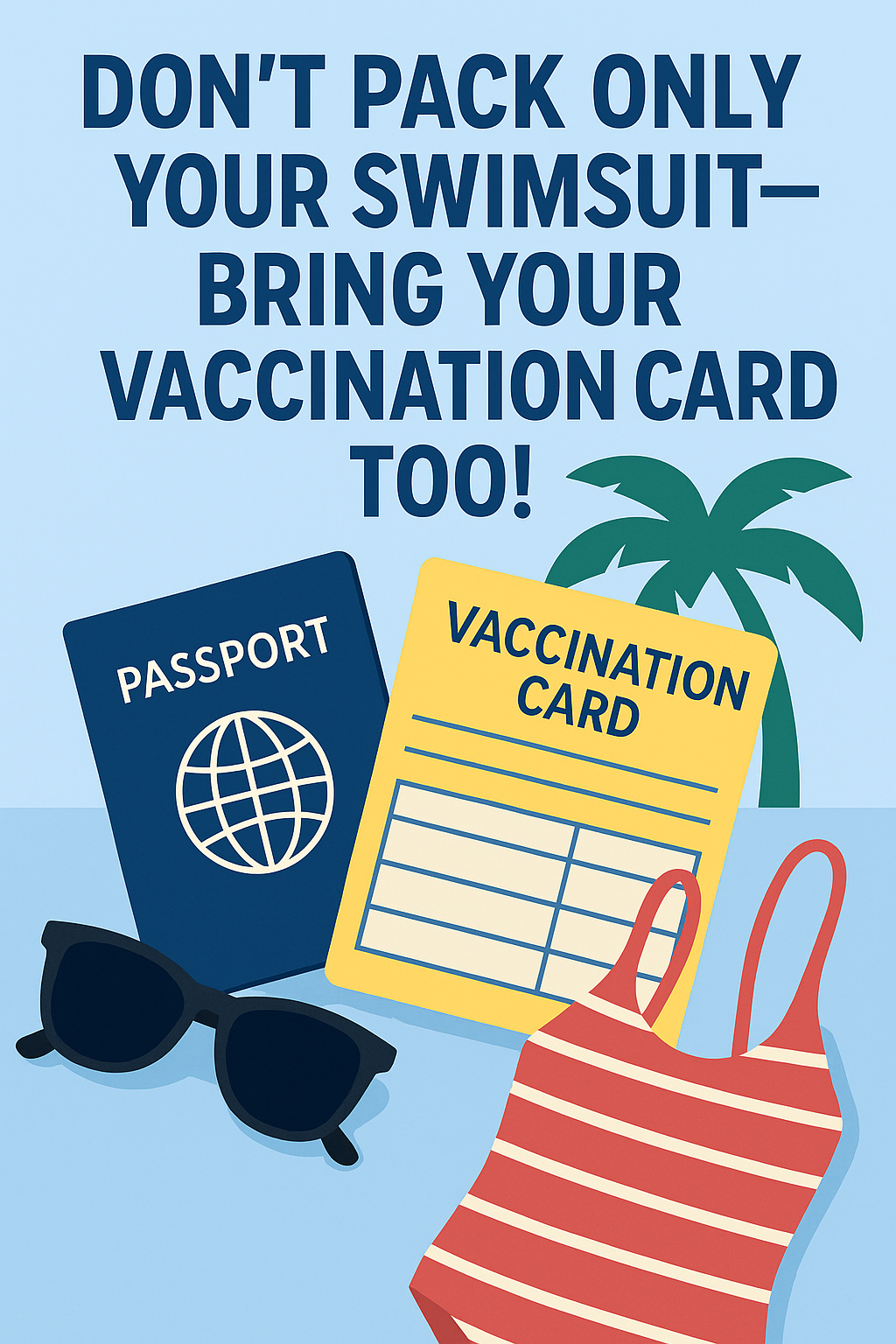Planning a summer getaway to Europe?
Don’t forget your passport, swimsuit… and your vaccination record.Recently, several European countries have reported major outbreaks of hepatitis A, turning dream vacations into unexpected health emergencies.
Here’s what you need to know to stay safe and healthy on your trip.
1. Where is the outbreak happening?
Between January and May 2025, over 2,000 cases of hepatitis A were reported across:
-
Austria (87 cases, 3 deaths)
-
Czechia (600 cases, 6 deaths)
-
Hungary (530 cases)
-
Slovakia (880 cases)
Most outbreaks occurred in vulnerable populations like people experiencing homelessness, drug users, and communities with poor sanitation.
2. What is hepatitis A, and how does it spread?
Hepatitis A is a viral liver infection transmitted through:
-
Contaminated food or water
-
Close personal contact
It causes symptoms like fever, fatigue, vomiting, and jaundice, and can be particularly dangerous for older adults or those with existing liver conditions.
3. Who is at risk?
-
People experiencing homelessness
-
Individuals with poor hygiene or living conditions
-
People who use injectable drugs
-
Adults over 40, and those with liver or immune conditions
Children and elderly individuals are also at risk of serious illness during outbreaks.
4. How is Europe responding?
The European Centre for Disease Prevention and Control (ECDC) has recommended:
-
Immediate vaccination of close contacts
-
Targeted vaccine campaigns in high-risk areas
-
Public hygiene campaigns and multilingual awareness materials
-
Cross-border genetic surveillance of the virus
5. Prevention tips for travelers
Europe may offer charming cities and unforgettable memories,
but hepatitis A is the unexpected souvenir you definitely don’t want.
Let your first travel step be protection, not prescription.
Enjoy your vacation, and keep your liver smiling!








